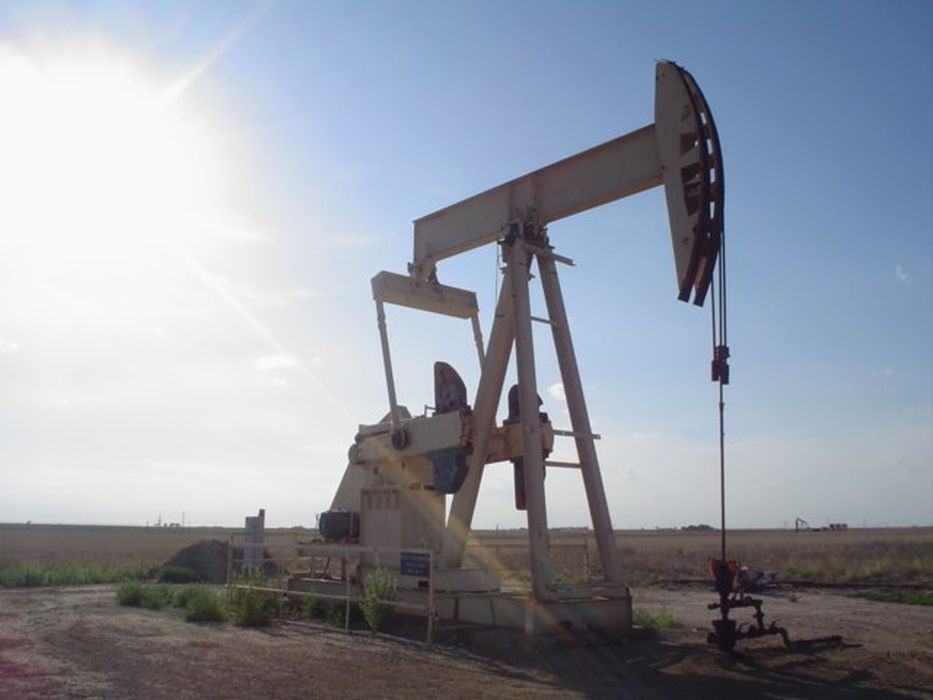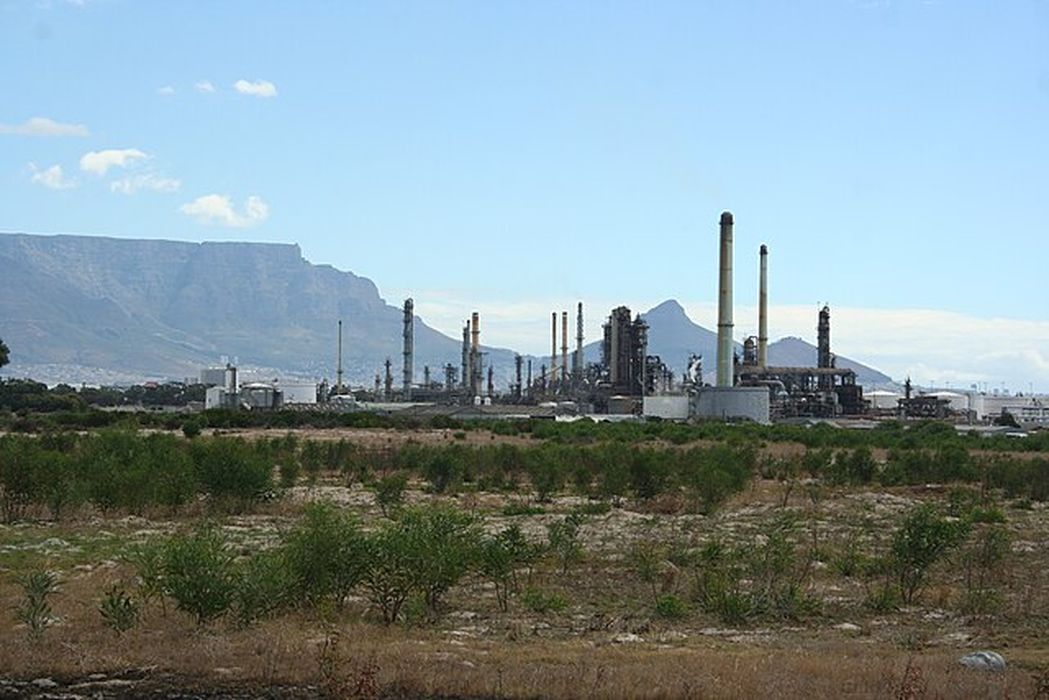
Charles R. Goulding and Preeti Sulibhavi explore the pivotal role of 3D printing in the oil and gas industry, showcasing investments by companies like Baker Hughes and Shell.
Regardless of the outcome of the presidential election, the oil and gas production industry remains strong, with Donald Trump making domestic oil and gas drilling a central component of his economic agenda, and EV demand slowing, the industry is poised for significant advancements and transformations. A key technological driver in this sector is 3D printing, which is revolutionizing how companies design, produce, and maintain their equipment and infrastructure. In 2023, industry giants like Baker Hughes, Halliburton, SLB, BP, Chevron, and Shell have all made substantial investments in 3D printing technology, demonstrating its critical role in their operations.
Baker Hughes
2023 Sales and Employees:
Sales: US$21.7 billion
Employees: 55,000
3D Printing Innovations:
Baker Hughes has leveraged 3D printing to streamline the production of complex parts and tools, reducing manufacturing times and costs. They use 3D printing to create custom drill bits and enhance the efficiency of their pressure-pumping equipment. By incorporating 3D printing, Baker Hughes has improved the design and functionality of their products, leading to better performance and reduced downtime in the field.
Halliburton
2023 Sales and Employees:
Sales: US$24.2 billion
Employees: 45,000
3D Printing Innovations:
Halliburton has adopted 3D printing to develop specialized tools for well construction and completion. They have utilized the technology to fabricate components with intricate geometries that are otherwise difficult to produce using traditional methods. This includes custom nozzles for cementing operations and parts for downhole tools, which enhance the precision and reliability of their services. 3D printing has also enabled Halliburton to rapidly prototype and test new designs, accelerating their innovation cycle.

SLB (formerly Schlumberger)
2023 Sales and Employees:
Sales: US$28.5 billion
Employees: 83,000
3D Printing Innovations:
SLB has been at the forefront of integrating 3D printing into its operations, particularly for creating parts for its drilling and production systems. They have successfully printed parts for subsea equipment, which are subject to harsh operating conditions. The use of 3D printing has not only reduced the lead time for these parts but also allowed for more complex designs that improve performance and durability. SLB also uses 3D printing for manufacturing components of their advanced reservoir characterization tools.
BP
2023 Sales and Employees:
Sales: US$243.5 billion
Employees: 65,900
3D Printing Innovations:
BP has incorporated 3D printing into its maintenance and repair operations, particularly for offshore platforms. By utilizing 3D printing, BP can produce replacement parts on-site, significantly reducing downtime and logistical challenges associated with transporting parts to remote locations. Additionally, BP has used 3D printing to create prototypes for new equipment designs, enabling faster development and deployment of innovative solutions in their exploration and production activities.
Chevron
2023 Sales and Employees:
Sales: US$200.6 billion
Employees: 47,736
3D Printing Innovations:
Chevron has embraced 3D printing for producing components of their refining and petrochemical processing units. The technology allows Chevron to fabricate complex parts with high precision, which is crucial for the efficient operation of their facilities. Chevron has also implemented 3D printing in the field to produce spare parts and tools, enhancing its ability to perform timely repairs and maintenance. This capability is particularly beneficial for remote and offshore operations, where traditional supply chains can be challenging.
Shell
2023 Sales and Employees:
Sales: US$368 billion
Employees: 87,000
3D Printing Innovations:
Shell has been exploring 3D printing for a variety of applications, including the production of heat exchangers, valves, and other critical components used in their upstream and downstream operations. By using 3D printing, Shell can create parts with optimized geometries that improve efficiency and performance. Shell has also deployed mobile 3D printing units in the field, which allows for on-site fabrication of parts and tools, minimizing downtime and enhancing operational flexibility. These mobile units are particularly valuable for conducting repairs in remote locations, ensuring that equipment is quickly brought back online.
On-Site 3D Printing Repair Units
The advent of on-site 3D printing repair units has been a game-changer for the oil and gas industry. These units are equipped with advanced 3D printers capable of producing high-quality parts and tools directly at the site of operations. This innovation allows companies to rapidly address equipment failures and perform maintenance without the need for extensive downtime or costly logistics. By having the capability to print parts on demand, companies can maintain higher levels of operational efficiency and reduce the risk of extended shutdowns.
The Research & Development Tax Credit
The now permanent Research and Development (R&D) Tax Credit is available for companies developing new or improved products, processes and/or software.
3D printing can help boost a company’s R&D Tax Credits. Wages for technical employees creating, testing and revising 3D printed prototypes can be included as a percentage of eligible time spent for the R&D Tax Credit. Similarly, when used as a method of improving a process, time spent integrating 3D printing hardware and software counts as an eligible activity. Lastly, when used for modeling and preproduction, the costs of filaments consumed during the development process may also be recovered.
Whether it is used for creating and testing prototypes or for final production, 3D printing is a great indicator that R&D Credit-eligible activities are taking place. Companies implementing this technology at any point should consider taking advantage of R&D Tax Credits.
Conclusion
The integration of 3D printing into the oil and gas industry represents a significant technological advancement that is reshaping the way companies operate. From creating custom components to enabling on-site repairs, 3D printing offers numerous benefits, including cost savings, improved performance, and enhanced flexibility for the oil and gas industry. As companies like Baker Hughes, Halliburton, SLB, BP, Chevron, and Shell continue to invest in this technology, we can expect to see even more innovative applications and improvements in the efficiency and reliability of their operations. With the potential changes in the political landscape, such as a renewed focus on domestic drilling, the role of 3D printing in the oil and gas sector will likely become even more critical in the coming years.
